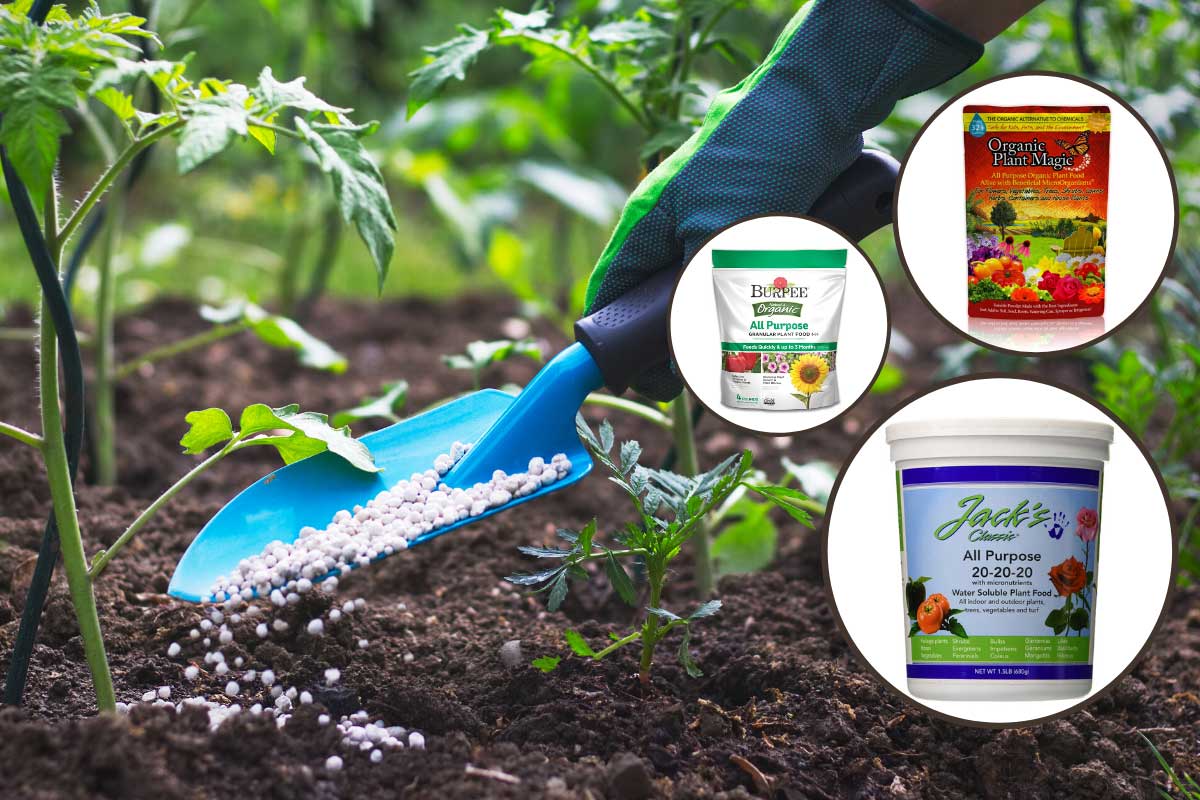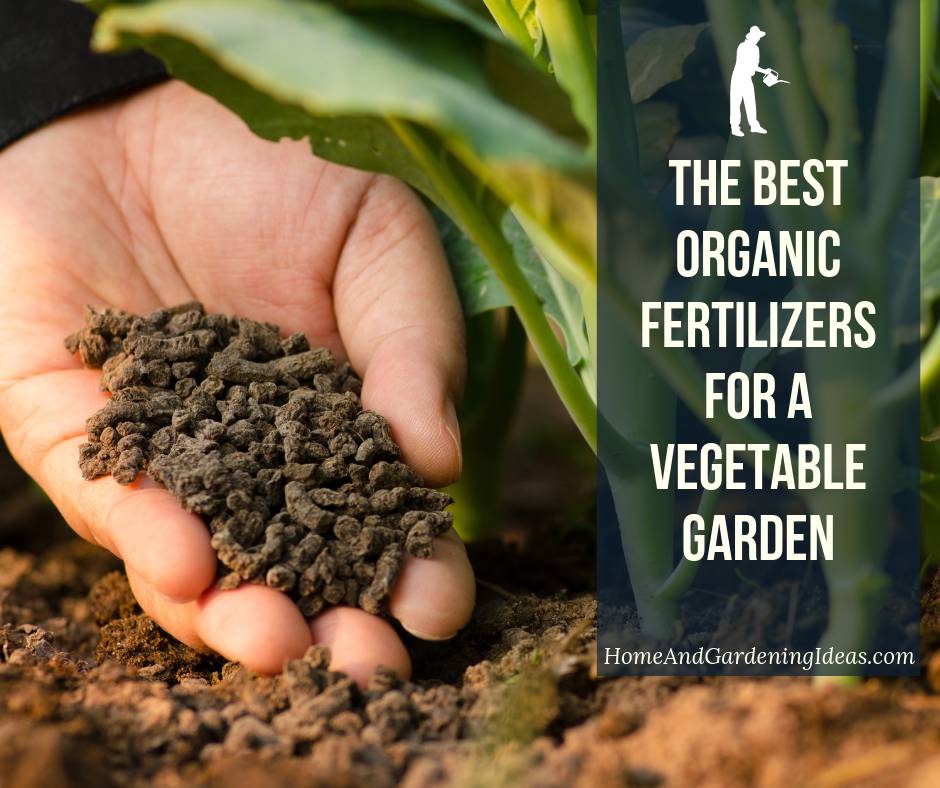What is Fertilizer and Why is it Essential for Plant Growth
Fertilizers are substances added to soil or water to promote healthy plant growth and development. They contain essential nutrients, such as nitrogen, phosphorus, and potassium, which are vital for plant nutrition. Fertilizers can be derived from natural or synthetic sources, and their use has become a crucial aspect of modern agriculture and gardening. By understanding what fertilizer is used for, gardeners and farmers can unlock the full potential of their crops and plants.
The primary function of fertilizers is to provide plants with the necessary nutrients for growth and development. These nutrients are essential for various plant processes, including photosynthesis, root development, and fruit production. Fertilizers can also improve soil health by increasing the availability of nutrients, improving soil structure, and supporting beneficial microorganisms.
Soil amendments, such as compost and manure, are often confused with fertilizers. While both can improve soil health, fertilizers are specifically designed to provide plants with essential nutrients. Soil amendments, on the other hand, focus on improving soil structure, increasing water retention, and supporting beneficial microorganisms.
The benefits of using fertilizers are numerous. They can increase crop yields, improve plant health, and enhance the overall appearance of plants. Fertilizers can also help to reduce soil erosion, improve water quality, and support biodiversity. By using fertilizers effectively, gardeners and farmers can create a more sustainable and productive growing environment.
When considering what fertilizer is used for, it’s essential to understand the different types of fertilizers available. Organic fertilizers, such as compost and manure, are derived from natural sources and are often preferred by gardeners and farmers who prioritize environmental sustainability. Inorganic fertilizers, on the other hand, are synthesized from chemical compounds and are often more readily available and affordable. Synthetic fertilizers are created through chemical reactions and are often used in industrial agriculture.
By understanding the role of fertilizers in plant growth and development, gardeners and farmers can make informed decisions about their use. Whether you’re a seasoned gardener or a beginner, knowing what fertilizer is used for can help you unlock the full potential of your plants and create a thriving and sustainable growing environment.
How to Choose the Right Fertilizer for Your Garden
Selecting the most suitable fertilizer for your garden can be a daunting task, especially with the numerous options available in the market. To make an informed decision, it’s essential to consider the type of plants you’re growing, the soil type, and your gardening goals. Different plants have varying nutrient requirements, and using the wrong fertilizer can lead to reduced growth, lower yields, or even plant damage.
Soil type is another critical factor to consider when choosing a fertilizer. Different soils have unique characteristics, such as pH levels, nutrient content, and water-holding capacity, which affect the availability of nutrients for plants. For example, acidic soils may require fertilizers with a higher pH to neutralize the acidity, while alkaline soils may require fertilizers with a lower pH to prevent further alkalization.
Organic, inorganic, and synthetic fertilizers are the three main types of fertilizers available. Organic fertilizers, such as compost, manure, and green manure, are derived from natural sources and are often preferred by gardeners who prioritize environmental sustainability. Inorganic fertilizers, on the other hand, are synthesized from chemical compounds and are often more readily available and affordable. Synthetic fertilizers are created through chemical reactions and are often used in industrial agriculture.
When choosing a fertilizer, it’s essential to read the label carefully and look for the N-P-K ratio, which indicates the percentage of nitrogen, phosphorus, and potassium in the fertilizer. Different plants require different N-P-K ratios, and using a fertilizer with the wrong ratio can lead to nutrient deficiencies or excesses.
For example, if you’re growing leafy greens, you may want to use a fertilizer with a higher nitrogen content to promote healthy leaf growth. On the other hand, if you’re growing fruiting plants, such as tomatoes or peppers, you may want to use a fertilizer with a higher phosphorus content to promote fruit production.
In addition to the N-P-K ratio, it’s also essential to consider the fertilizer’s formulation, which can affect its availability and uptake by plants. For example, slow-release fertilizers can provide nutrients to plants over an extended period, while fast-release fertilizers can provide a quick burst of nutrients.
By considering these factors and choosing the right fertilizer for your garden, you can promote healthy plant growth, increase yields, and create a sustainable and productive growing environment. Remember to always follow the instructions on the label and take necessary precautions to avoid over-fertilization, which can harm plants and the environment.
The Role of Fertilizers in Soil Health and Structure
Fertilizers play a crucial role in maintaining soil health and structure, which is essential for optimal plant growth and development. Soil health refers to the ability of the soil to support plant growth, filter water, and store carbon, while soil structure refers to the arrangement of soil particles and the spaces between them.
Fertilizers can impact soil health in several ways. They can alter the soil pH, which affects the availability of nutrients for plants. For example, nitrogen-based fertilizers can lower the soil pH, making it more acidic, while phosphorus-based fertilizers can raise the soil pH, making it more alkaline.
Fertilizers can also affect nutrient levels in the soil. Nitrogen, phosphorus, and potassium are essential nutrients for plant growth, and fertilizers can provide these nutrients in varying amounts. However, over-fertilization can lead to an excess of these nutrients, which can harm plants and the environment.
Microbial activity is another important aspect of soil health, and fertilizers can impact the populations of beneficial microorganisms in the soil. For example, organic fertilizers like compost and manure can support the growth of beneficial microorganisms, while synthetic fertilizers can harm these microorganisms.
Fertilizers can also improve soil structure by increasing the amount of organic matter in the soil. Organic matter, such as compost and manure, can help to improve soil aggregation, aeration, and water infiltration, making it easier for roots to grow and for water to penetrate the soil.
In addition to improving soil health, fertilizers can also increase water retention in the soil. This is especially important in areas with low rainfall or during periods of drought. By improving soil structure and increasing water retention, fertilizers can help to reduce soil erosion and improve plant growth.
Beneficial microorganisms in the soil can also be supported by fertilizers, which can help to break down organic matter and make nutrients available to plants. This can lead to a more diverse and resilient soil ecosystem, which is better able to support plant growth and withstand environmental stresses.
Overall, fertilizers play a critical role in maintaining soil health and structure, which is essential for optimal plant growth and development. By understanding the impact of fertilizers on soil health, gardeners and farmers can make informed decisions about fertilizer use and create a more sustainable and productive growing environment.
Fertilizer Application Methods: Best Practices for Optimal Results
Applying fertilizers effectively is crucial to achieve optimal results and minimize environmental impact. The timing, dosage, and application method of fertilizers can significantly affect their efficacy and potential risks to the environment.
Timing is everything when it comes to fertilizer application. Applying fertilizers at the right time can ensure that plants receive the necessary nutrients for growth and development. For example, applying nitrogen-based fertilizers during the growing season can promote healthy leaf growth, while applying phosphorus-based fertilizers during the flowering season can promote fruit production.
Dosage is also critical when applying fertilizers. Over-fertilization can lead to an excess of nutrients in the soil, which can harm plants and the environment. Under-fertilization, on the other hand, can lead to nutrient deficiencies, which can also harm plants. It’s essential to follow the recommended dosage on the fertilizer label and adjust according to soil test results and plant responses.
There are several fertilizer application methods, including broadcasting, side-dressing, and foliar spraying. Broadcasting involves applying fertilizers evenly over the soil surface, while side-dressing involves applying fertilizers in a band along the side of the plants. Foliar spraying involves applying fertilizers directly to the leaves of the plants.
Each application method has its advantages and disadvantages. Broadcasting is a common method, but it can lead to over-fertilization and environmental contamination. Side-dressing is a more targeted method, but it can be time-consuming and labor-intensive. Foliar spraying is a quick and efficient method, but it can be affected by weather conditions and plant growth stage.
Common mistakes to avoid when applying fertilizers include over-fertilization, under-fertilization, and improper timing. Over-fertilization can lead to an excess of nutrients in the soil, which can harm plants and the environment. Under-fertilization can lead to nutrient deficiencies, which can also harm plants. Improper timing can lead to reduced fertilizer efficacy and increased environmental impact.
To minimize environmental impact, it’s essential to follow best practices for fertilizer application. This includes using the right fertilizer for the job, following the recommended dosage, and applying fertilizers at the right time. It’s also essential to monitor soil health, plant growth, and fertilizer effectiveness to adjust fertilizer applications accordingly.
By following these best practices, gardeners and farmers can ensure that fertilizers are applied effectively and efficiently, minimizing environmental impact and maximizing fertilizer efficacy.
Organic Fertilizer Options: Exploring Natural Alternatives
Organic fertilizers are a popular choice among gardeners and farmers who prioritize environmental sustainability and soil health. These natural alternatives to synthetic fertilizers offer a range of benefits, including improved soil structure, increased water retention, and support for beneficial microorganisms.
Compost is one of the most widely used organic fertilizers. Made from decomposed organic matter, compost is rich in nutrients and can help to improve soil fertility, structure, and overall health. Compost can be made from a variety of materials, including food waste, leaves, and grass clippings.
Manure is another popular organic fertilizer option. Made from animal waste, manure is high in nutrients and can help to improve soil fertility and structure. Manure can be used fresh or aged, and can be applied to the soil as a solid or liquid.
Green manure is a type of organic fertilizer made from plants that are specifically grown to be used as a fertilizer. These plants are typically high in nutrients and can help to improve soil fertility and structure. Green manure can be made from a variety of plants, including legumes, grasses, and clover.
Other organic fertilizer options include bone meal, fish emulsion, and alfalfa meal. These fertilizers are made from natural materials and can provide a range of benefits, including improved soil fertility, structure, and overall health.
One of the main benefits of organic fertilizers is their environmental sustainability. Unlike synthetic fertilizers, which can pollute soil, air, and water, organic fertilizers are made from natural materials and can help to improve soil health and fertility.
Another benefit of organic fertilizers is their cost-effectiveness. While synthetic fertilizers can be expensive, organic fertilizers can be made at home using natural materials. This can help to save money and reduce waste.
However, organic fertilizers also have some drawbacks. For example, they can be slower-acting than synthetic fertilizers, and may require more frequent applications. Additionally, organic fertilizers can be more expensive than synthetic fertilizers in some cases.
Overall, organic fertilizers offer a range of benefits, including improved soil health, environmental sustainability, and cost-effectiveness. By choosing organic fertilizers, gardeners and farmers can help to create a more sustainable and productive growing environment.
Fertilizer and Pest Management: Understanding the Connection
Fertilizers can have a significant impact on pest management, and understanding this connection is crucial for effective integrated pest management (IPM) strategies. Fertilizers can affect pest populations, beneficial insects, and disease susceptibility, making it essential to consider these factors when developing a pest management plan.
One of the primary ways fertilizers impact pest management is by affecting pest populations. For example, nitrogen-based fertilizers can promote healthy plant growth, making plants more attractive to pests. On the other hand, phosphorus-based fertilizers can help to strengthen plant defenses, making them less susceptible to pest attacks.
Beneficial insects, such as bees and butterflies, are also affected by fertilizers. Some fertilizers, like neonicotinoids, can harm or kill beneficial insects, while others, like organic fertilizers, can promote their populations. Understanding the impact of fertilizers on beneficial insects is essential for maintaining a balanced ecosystem.
Disease susceptibility is another critical factor to consider when evaluating the impact of fertilizers on pest management. Fertilizers can affect plant health, making them more or less susceptible to disease. For example, over-fertilization can lead to an excess of nutrients, making plants more susceptible to disease.
Integrated pest management (IPM) strategies that incorporate fertilizers can help to minimize the risks associated with fertilizer use. IPM involves using a combination of techniques, such as crop rotation, biological control, and cultural controls, to manage pests. By incorporating fertilizers into an IPM strategy, gardeners and farmers can reduce the risk of pest outbreaks and promote a balanced ecosystem.
Some examples of IPM strategies that incorporate fertilizers include using organic fertilizers, like compost or manure, to promote beneficial insect populations and improve soil health. Another example is using fertilizer applications to promote plant defenses, making them less susceptible to pest attacks.
Overall, understanding the connection between fertilizers and pest management is essential for effective IPM strategies. By considering the impact of fertilizers on pest populations, beneficial insects, and disease susceptibility, gardeners and farmers can develop a comprehensive approach to managing pests and promoting a balanced ecosystem.
Fertilizer Safety and Handling: Precautions and Best Practices
Handling fertilizers safely is crucial to prevent accidents, injuries, and environmental contamination. Fertilizers can be hazardous if not handled properly, and it’s essential to take precautions to minimize risks.
One of the most critical precautions is to wear protective clothing when handling fertilizers. This includes gloves, safety glasses, and a mask to prevent skin contact, eye irritation, and inhalation of fertilizer particles.
It’s also essential to read the label carefully and follow the instructions for use. Fertilizer labels provide critical information on safe handling, application rates, and precautions to take.
Storing fertilizers safely is also crucial. Fertilizers should be stored in a well-ventilated area, away from children and pets, and in their original containers. It’s also essential to keep fertilizers away from heat sources, sparks, and open flames.
Disposing of fertilizers safely is also important. Fertilizers should not be disposed of in the trash or down the drain. Instead, they should be taken to a hazardous waste collection facility or disposed of according to local regulations.
Cleaning up fertilizer spills is also critical. Fertilizer spills can contaminate soil, water, and air, and it’s essential to clean them up immediately. The first step is to contain the spill by blocking off the area and preventing it from spreading. Then, use a neutralizing agent, such as water or a fertilizer-specific cleaner, to neutralize the spill.
Finally, it’s essential to follow local regulations and guidelines for fertilizer use and handling. These regulations can vary depending on the location, and it’s crucial to familiarize yourself with them to ensure safe and responsible fertilizer use.
By following these precautions and best practices, you can minimize the risks associated with fertilizer use and handling. Remember, safety should always be your top priority when working with fertilizers.
Maximizing Fertilizer Efficiency: Monitoring and Adjusting Your Approach
Monitoring soil health, plant growth, and fertilizer effectiveness is crucial to maximizing fertilizer efficiency. By regularly assessing these factors, you can adjust your fertilizer applications to ensure optimal results.
Soil testing is an essential tool for monitoring soil health. Regular soil tests can help you identify nutrient deficiencies, pH imbalances, and other soil health issues. Based on the test results, you can adjust your fertilizer applications to address these issues and optimize soil health.
Plant growth monitoring is also critical. Regularly inspecting your plants for signs of nutrient deficiencies, pests, and diseases can help you identify potential issues early on. By addressing these issues promptly, you can prevent them from becoming major problems and ensure optimal plant growth.
Fertilizer effectiveness monitoring is also important. Regularly assessing the effectiveness of your fertilizer applications can help you identify areas for improvement and make adjustments as needed. This can include adjusting the type, amount, and timing of fertilizer applications.
Adjusting your fertilizer approach based on changing environmental conditions is also crucial. Weather patterns, soil moisture levels, and temperature fluctuations can all impact fertilizer effectiveness. By monitoring these conditions and adjusting your fertilizer approach accordingly, you can ensure optimal results.
Some common adjustments to make include changing the type of fertilizer used, adjusting the application rate, or altering the timing of fertilizer applications. For example, if soil test results indicate a nutrient deficiency, you may need to adjust your fertilizer application to address this issue.
Additionally, incorporating technology, such as precision agriculture and soil sensors, can help you monitor and adjust your fertilizer approach more effectively. These tools can provide real-time data on soil health, plant growth, and fertilizer effectiveness, allowing you to make data-driven decisions and optimize your fertilizer approach.
By regularly monitoring and adjusting your fertilizer approach, you can maximize fertilizer efficiency, optimize plant growth, and reduce environmental impact. Remember, fertilizer efficiency is an ongoing process that requires regular monitoring and adjustment to ensure optimal results.








